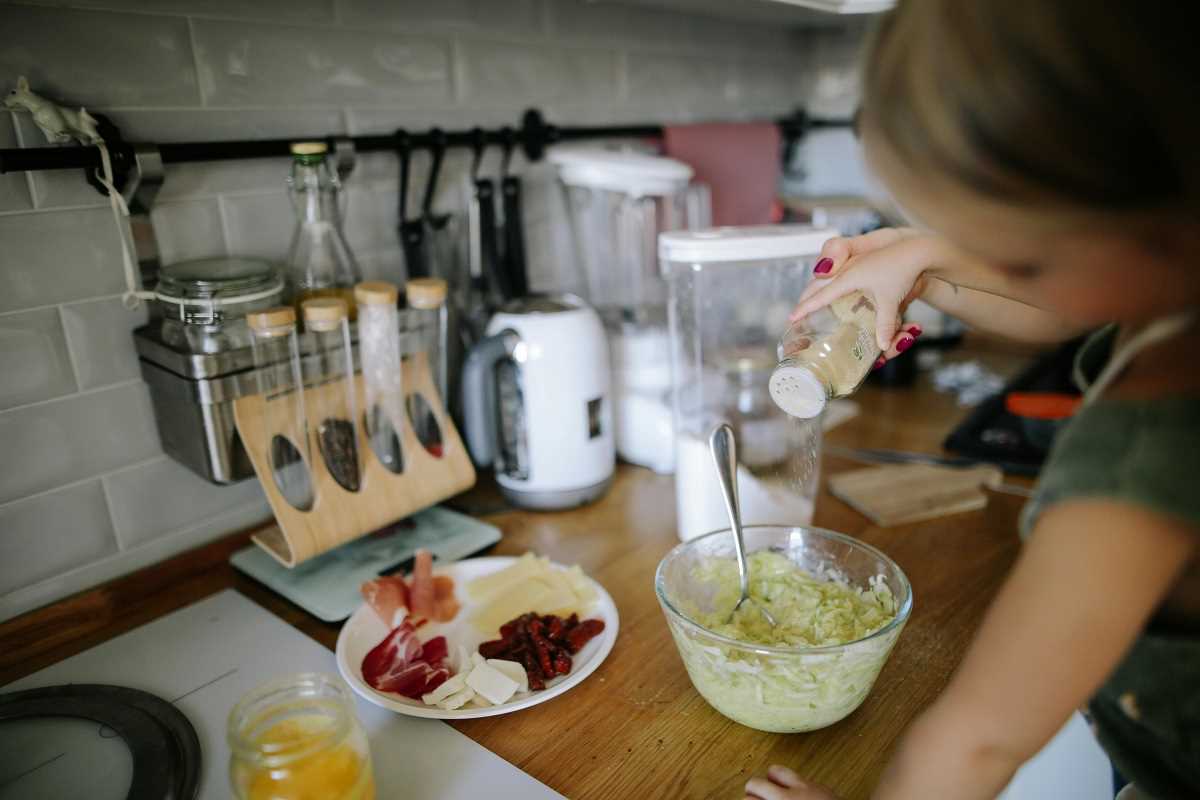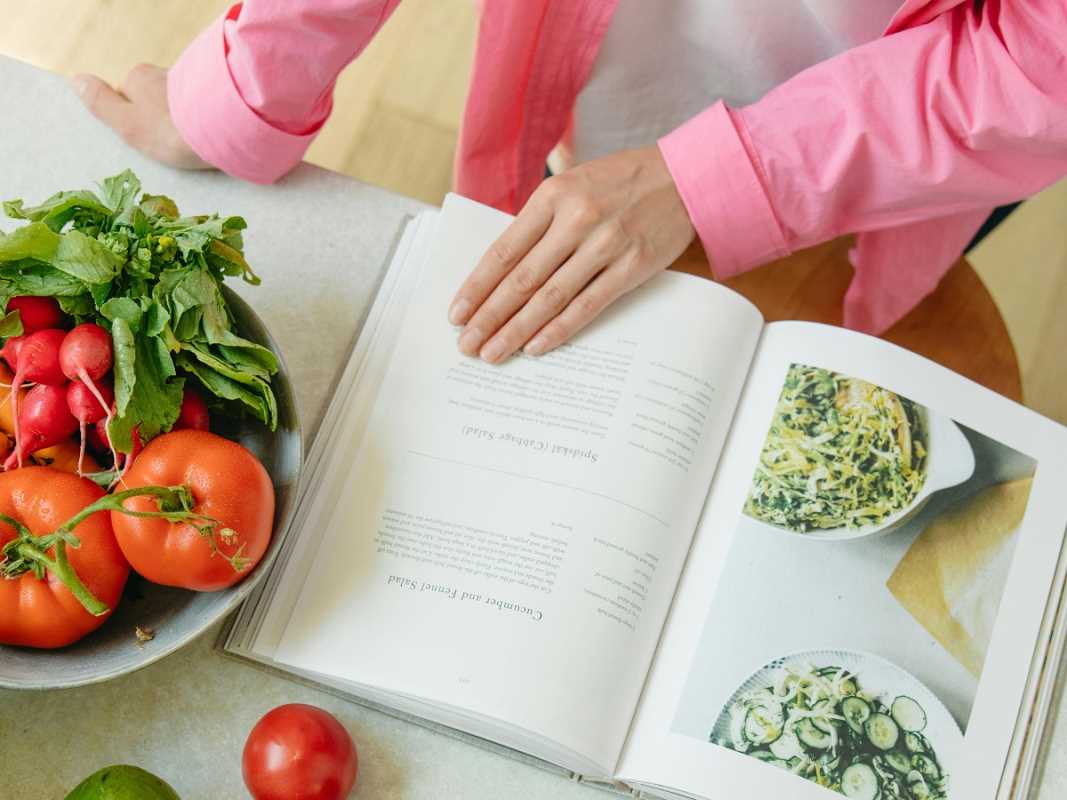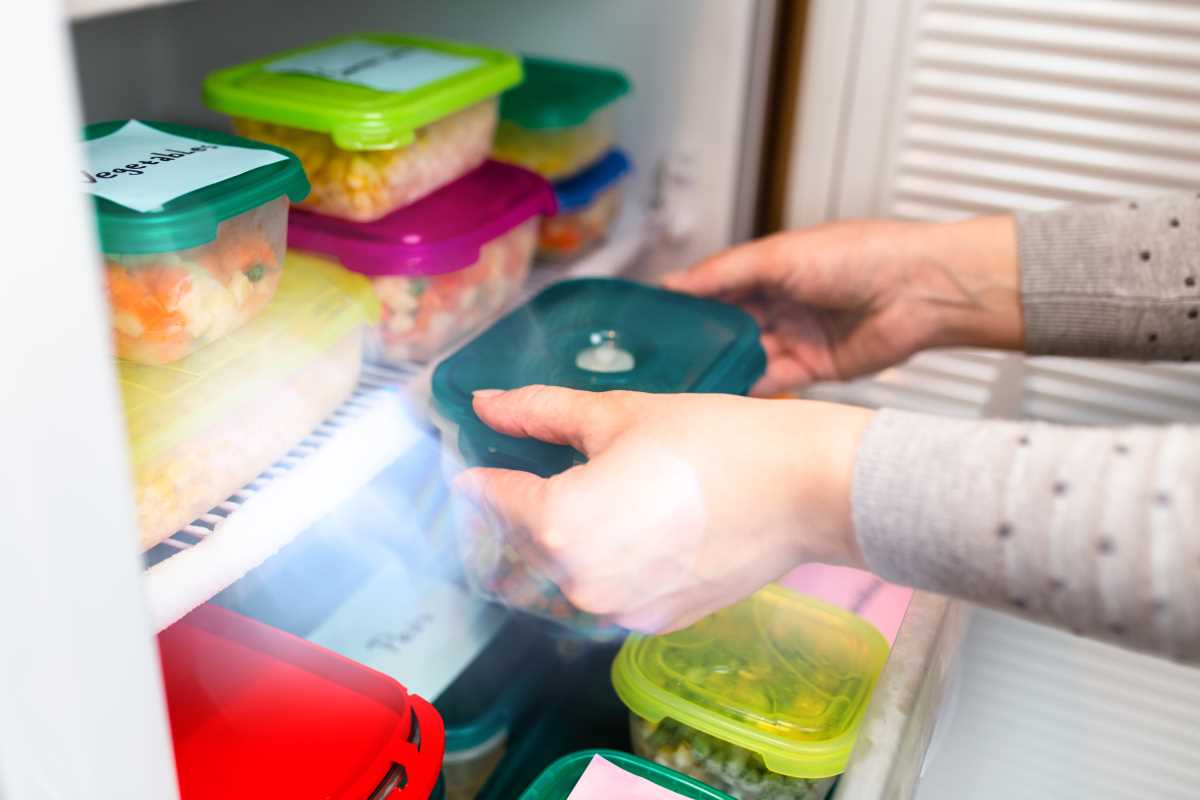Golden rays from the late afternoon sun stretch across the kitchen floor while you balance handwritten grocery lists, keep an eye on a bubbling saucepot, and check the allergy-alert bracelets tucked in your pockets. Each time a spoon taps the side of a bowl, you pause to inspect ingredient labels, always wondering if dinner can be delicious and safe at the same time. As you finally place the last dish on the table, a sense of relief settles in—everyone can enjoy the meal, and conversation soon turns to laughter. Simple changes in ingredients and a bit of planning bring reassurance, showing that busy evenings in the kitchen can still end with joy and comfort for everyone.
Picture this kitchen scene as the norm rather than the exception. A few intentional choices turn familiar favorites into allergy-friendly triumphs. Whether you swap grains, rethink sauces, or brighten meals with unexpected twists, a small shift opens doors to fresh flavors and fewer worries.
New Ways to Approach Allergy-Friendly Cooking
Allergy-friendly cooking often brings to mind bland substitutes or complicated ingredient lists. In reality, creative alternatives celebrate natural textures and flavors, inviting everyone to join the table with enthusiasm. Simple pantry tweaks—like trading nut butters for seed blends—spark delightful discoveries without sacrificing taste or nutrition.
This approach encourages a sense of exploration beyond ingredient labels. Swap out wheat flour for brown rice or quinoa options to add subtle nutty undertones. Replace cow’s milk with pea-based beverages for protein-rich creaminess. Each switch becomes an opportunity to learn new pantry staples and impress with unexpected comfort dishes.
With this mindset, cooking allergies into the plan doesn’t feel like a limitation. Instead, it sparks resourcefulness, boosting confidence with each dish turned into an inclusive experience. Notice how a handful of well-chosen alternatives can produce delicious results, week after week.
Practical Block: Swaps That Change Recipes
- Grain Swap Foundation
- Purpose: Build a safe, naturally gluten-free flour blend for baking.
- Steps:
- Mix brown rice flour, sorghum flour, and tapioca starch in a 2:1:1 ratio.
- Sift well to achieve smooth, lump-free texture.
- Store in an airtight container for up to 4 weeks.
- Cost/Metric: $2–$4 per pound in most bulk aisles.
- Insider Tip: Add 1 tbsp psyllium husk to improve elasticity and reduce crumbling in muffins and loaves.
- Plant-Based Cream Alternatives
- Purpose: Recreate creamy textures in dairy-free recipes.
- Steps:
- Soak 1 cup raw cashews in water for 2+ hours.
- Drain and blend with 1 cup water until smooth.
- Use in soups, sauces, or desserts in place of cream.
- Cost/Metric: $6–$8 per 16 oz bag; yields ~2 cups cream.
- Insider Tip: For lighter whipped toppings, replace half the water with aquafaba (liquid from canned chickpeas).
- Egg Replacement Method
- Purpose: Maintain structure in vegan baking without rubbery texture.
- Steps:
- Mix 3 tbsp ground flaxseed with 9 tbsp warm water.
- Let sit 5 minutes until gel forms.
- Stir into batter as a substitute for up to 3 eggs.
- Cost/Metric: ~$4 per pound of flaxseed; long-lasting and efficient.
- Insider Tip: Use pre-ground flaxseed and refrigerate to maintain consistency and freshness.
- Savory Seed Butter Spread
- Purpose: Create a nut-free, protein-rich spread for sandwiches or bowls.
- Steps:
- Toast 1 cup sunflower or pumpkin seeds in a dry skillet.
- Transfer to food processor with ¼ tsp garlic powder + pinch of salt.
- Add 1 tbsp olive oil and blend until creamy.
- Cost/Metric: $3–$5 per cup of seeds; lower with bulk buys.
- Insider Tip: Blend in sun-dried tomatoes or roasted red peppers for bold Mediterranean-style flavor.
- Binding Gel Innovations
- Purpose: Thicken without eggs or cornstarch.
- Steps:
- Combine 1 tbsp chia seeds or 1 tsp agar flakes with ½ cup water.
- Simmer gently, stirring, until it thickens.
- Cool slightly before adding to soup, pie, or parfait layers.
- Cost/Metric: ~$6/lb chia; ~$3/packet agar (very small portions needed).
- Insider Tip: Chia’s crunch complements parfaits with fruit; agar delivers smooth texture for pies and jellies.
Addressing Common Kitchen Challenges
Switching ingredients involves some hurdles: adapting recipes, managing shopping lists, and preventing cross-contamination. Establish a simple system of color-coded containers and clearly labeled shelves to make things easier. This visual method guides everyone to the right cookware and prevents accidental mix-ups.
Use free meal-planning apps or a dry-erase board to plan weekly menus and check off allergy-friendly options. This step turns chaos into order, allowing you to test new recipes alongside trusted classics without issues.
Organize your approach with bullet points:
- Label dedicated prep zones for safe ingredients only
- Keep a reference card of common substitutes pinned to the fridge
- Set reminders on your phone to rotate pantry items before they expire
- Maintain a small emergency kit of safe snacks for last-minute cravings
- Share swap success stories with household members to keep everyone involved
Many parents find that a few simple routines prevent mistakes and build steady confidence during every meal prep session.
Flavor Boosts That Please Little Tastes
Brighten allergy-friendly meals with fresh herbs, citrus zest, and gentle spice blends—like basil on a seed butter sandwich or paprika in dairy-free mac and cheese. These low-cost touches add variety, invite exploration, and turn safe meals into flavorful favorites even picky eaters enjoy.
 (Image via
(Image via





